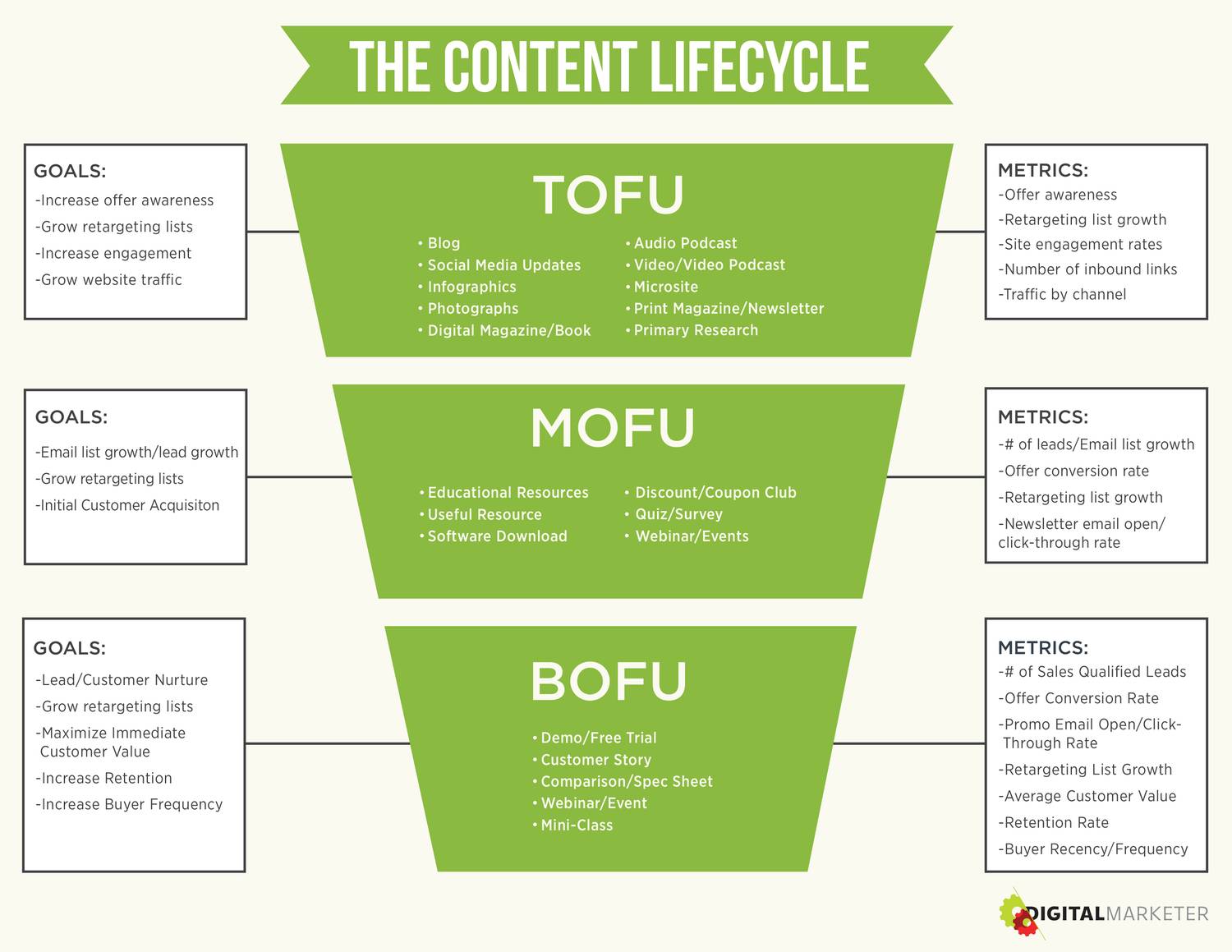
We see more and more businesses investing in content marketing, and the reason is simple: Your market is online. A study says that 81% of Americans say they go online on a daily basis. And a good 79% of online shoppers spend 50% of their shopping time researching products online.
Content is an important business tool. If created and communicated properly, content can influence purchasing decisions. Blogging, one of the more popular kinds of content marketing, remains a winning strategy. Just look at the stats on blogging:
- 77% of Internet users read blogs.
- 61% of U.S. online consumers have made a purchase based on recommendations from a blog.
- The average company that blogs generates 55% more website visitors, 97% more inbound links, and 434% more indexed pages.
- 69% of businesses attribute their lead generation success to blogging.
Of course content marketing is not just blogging. Social media, videos, case studies, infographics, your emails, and even the copy you have on your website—these are all content marketing. Top optimize your digital marketing, you have to invest time and other resources in all these different kinds of content.
But how has content become such an integral tool for sales and marketing? We’ve listed the reasons below, along with some tips on best practices. If you haven’t properly invested in content for your brand, this list should give you all the reasons you need to begin doing so.
A smart content marketing strategy can…
1. Build awareness for your brand
It’s a given that you become more visible online with content marketing. From a technical point of view, your optimized content helps improve your search engine optimization (SEO). It helps you become more visible online and drives more traffic to your website.
This creates brand awareness. People who never knew about your existence and are searching online for products or services relevant to your business will find you. Of course, consistency is key: the more you post valuable content on your website, the more pages the search engine will have to index and the more you’ll show up in search results. Note that we say “valuable content.” Gone are the days when keywords will put you on top of the search engine results. Your content must be good, useful, and relevant.
2. Highlight your expertise
Companies these days are up against a lot of competition. You have as many chances as your competitor to make your case known, and show that you are better—that is unless you create more opportunities to highlight your expertise. And this is where your content comes in.
Create more chances to show you’re better than competition by optimizing your platforms for content. Regularly update your blog. Create case studies, white papers, e-books, infographics for download on your website. Do insightful posts on social media. These help show how much you know about your industry; they give information buyers need to make a decision and the benefits and solutions you provide to customers in response to their challenges, pain points, and motivations. People like to buy from companies who provide them with everything they need, including information and solutions.
These kinds of content not only call attention to your expertise in your industry and establish your credibility, they also help you capture customer data. By turning content into lead magnets, site visitors will be prompted to provide data before they are able to download your white paper or e-book.

3. Provide value to your customers
Your content shouldn’t be self-serving: it should provide something useful to your readers. People subscribe to blogs that provide value to their lives and/or businesses.
Your content must educate and empower your readers to make informed decisions. Don’t just point them to your product; explain why and how you can solve their particular need or want. Your content should also be created with an intention and a conscious effort to engage with prospective buyers, not just sell to them. Don’t fill up your content calendar with just stories on how superior your product is. Besides, people don’t always respond to hard sell. Include articles that provide industry insight, that inspire, entertain, even amuse readers. People like relevant variety.
4. Establish trust between you and customer
Would you trust anyone you barely knew? Content exposes a lot of things about your brand, and the more people discover things about you, your authority, credibility, and value, the more they feel they know you. This helps establish trust between you and customer.
Great content helps you connect better with your audience. By communicating to your customer through the content you create, you build a brand-customer dynamic. And, in a way, it helps “humanize” your brand.
The trust you build and the dynamic you establish help build a relationship with buyers, and great customer relationships help in lead conversion and customer retention.
5. Generate leads for your business
Your content gives you greater online visibility. And every time a reader finds you, downloads content from your site, or engages with your content, you’re generating a lead.
Content marketing costs 62% less than traditional marketing. But per dollar spent, it can generate 3 times as many leads as traditional marketing. So not only is content marketing effective in lead generation, it’s also more cost-effective. That’s a fantastic return on investment from a strategy that most companies can easily adopt.
6. Nurture leads for conversion
Your content, when created in relation to your sales funnel, can nurture leads for conversion. How? Take a look at this content life cycle created by DigitalMarketer.

In the middle of the image above, you have the three parts of your sales funnel: Top of the Funnel (TOFU), Middle of the Funnel (MOFU), and Bottom of the Funnel (BOFU). On the left, you will see the goals you have for each part of the funnel, and on the right, the metrics by which you can measure the success of your content.
Of course, you’ll have greater success at lead conversion if you personalize the content for the customer. Create content based on where the customer’s at in the buyer’s journey. Customers at the TOFU need initial information on your business. Those at the MOFU need information that they can use to compare you with competition; they’re comparing and evaluating options at this point. Prospects at the BOFU are ready to make a decision and just need one final push towards choosing you.
How do you personalize content? Gather data from web analytics, sales pipeline analysis, and user engagement. Hyper-personalization helps you create really targeted content. And make sure your content for each stage or part of the funnel has a clear call-to-action that leads them to the next step or stage.
If your content is engaging, empowering, helpful, relevant, and valuable, prospects will perceive your brand the same way. Converting them into actual customers will be easier then. Done with a clear purpose and using smart strategies, content marketing is a powerful yet cost-efficient business investment.
Photos from Pexels





